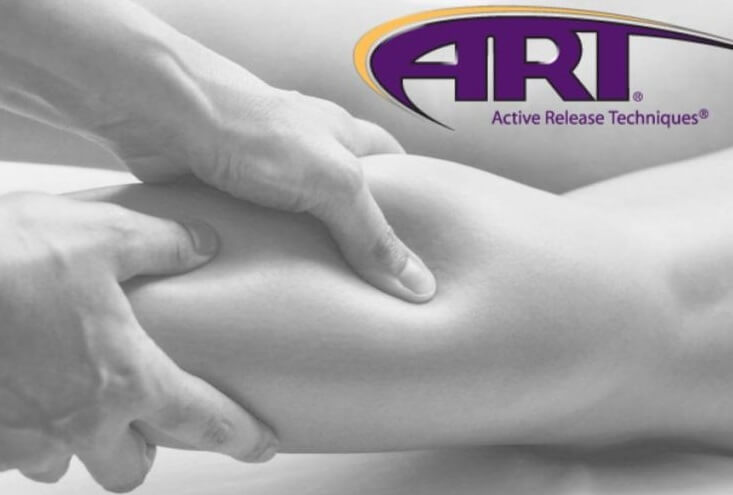What is Active Release Technique (ART) & How It Can Help You

Are you a runner with severe knee pain that is preventing you from training for a marathon? Or are you a mother who can’t lift your new born because of low back pain? If so, you are not alone. Millions are agonizing from similar conditions as a result of repetitive stress or acute injuries. A solution for this pain and suffering is Active Release Technique (ART).
What is ART?
ART is a muscle stretching technique used to resolve issues involving the muscles, tendons, ligaments, nerves and fascia. It is performed with the provider’s hands to reduce fibrous adhesions and restore proper motion and function. Many symptoms may not be a result of a direct injury and instead are the result of a repetitive stress. With these micro-injuries, tearing of the muscle and soft tissue occurs gradually over time. The body then responds with inflammation and eventually repairs the small tears with adhesions and scars. These adhesions then begin to accumulate causing the muscle to become tighter and eventually weakener, leading to a decrease in performance. The overall goal of ART is to break down these adhesions over time and restore the texture and function of the soft tissue.
Who can benefit from ART?
With over 500 protocols, ART can be helpful in various conditions such as headaches, shin splints, plantar fasciitis, tennis elbow, muscle strains/pulls, frozen shoulder, IT band syndrome and even general low back pain. ART can also be performed to release any nerve entrapments in injuries such as sciatica, carpal tunnel syndrome, etc.
What to expect during an ART session?
ART sessions are comprised of examination and treatment. The provider begins by using their hands to evaluate the texture, tightness and movement of the soft tissue along with searching for adhesions and attempting to reproduce the main complaint. Once the abnormal tissues are identified, a tension is applied with the provider’s hands to the area and the patient is directed to move their body part in a certain position. This is then repeated a few times. Retesting after treatment is then performed to assess the specificity of the treatment. Each ART session is unique and specific to each patient given the nature and severity of their condition. After being treated with ART, patients typically respond rapidly with decreased pain and increased flexibility and mobility. A few sessions may be needed depending on the tissues response to each treatment.
Other Benefits?
ART is not only used to treat specific injuries once they occur. By incorporating ART into any training regimen or daily life can prevent injuries from wear and tear we apply on our bodies, it can reduce recovery time and help with overall maintenance. Routine ART treatments prevent accumulations of scarring in the tissues and stress on the joints, tendons and ligaments leading to reduced risk of acute or overuse injuries.

